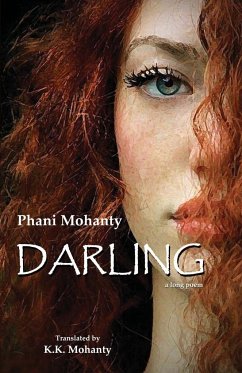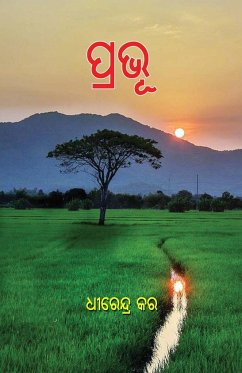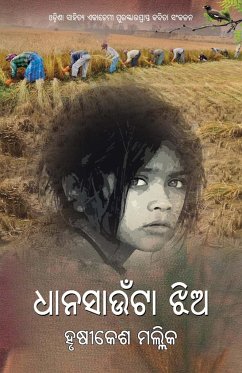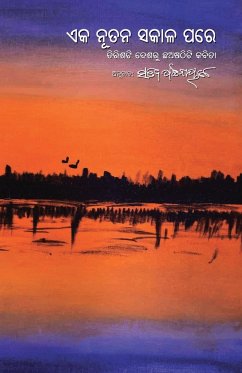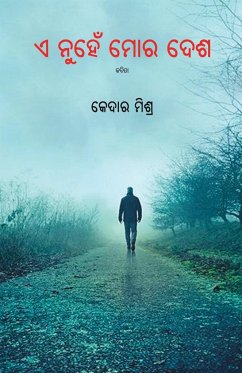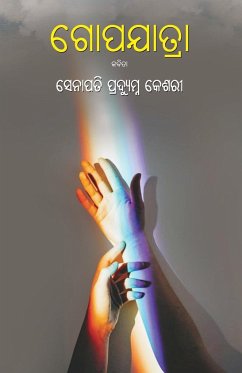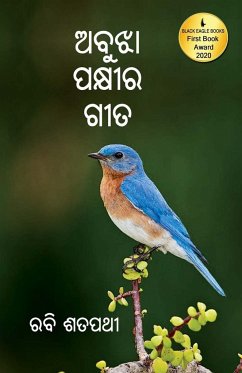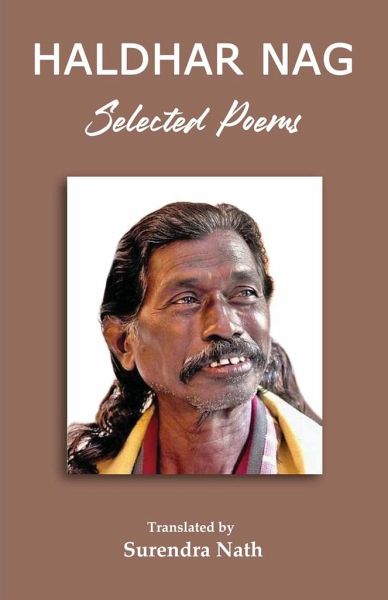
Selected Poems of Haldhar Nag
Versandkostenfrei!
Versandfertig in 1-2 Wochen
20,99 €
inkl. MwSt.

PAYBACK Punkte
10 °P sammeln!
"I have often wondered if Haldhar Nag graduated from a poetry school. Of course, that cannot be true, but my feeling arises from the abundance of figures of speech that appear in his poetry. Unknown to him, he sprinkles liberally the effects of alliteration, metaphors, internal rhyming, personification, onomatopoeia, and what have you in his usage. Ghensali (River Ghensali) is personification at its best, where the poet personifies a river in spate as a young lass in exuberance. And yes, he has come out with sonnets too. Read Ati (Too Much) to get a taste of Haldhar sonnet. The stanzas are spa...
"I have often wondered if Haldhar Nag graduated from a poetry school. Of course, that cannot be true, but my feeling arises from the abundance of figures of speech that appear in his poetry. Unknown to him, he sprinkles liberally the effects of alliteration, metaphors, internal rhyming, personification, onomatopoeia, and what have you in his usage. Ghensali (River Ghensali) is personification at its best, where the poet personifies a river in spate as a young lass in exuberance. And yes, he has come out with sonnets too. Read Ati (Too Much) to get a taste of Haldhar sonnet. The stanzas are spaced in 4, 4, 4, 2 lines, with a proper rhyme scheme. It leaves me in wonderment again - If he did not go to a poetry school, then did God plant all these literary usages in his head? For the sound effect, listen to Chaetar Sakaal (The Morning of March) - twelve stanzas replete with onomatopoeic works. Pity the translator who has to preserve the special effect in another language. I take recourse to the limitations of translation once again and state the obvious: Translations can never attain the beauty of the original. If we liken the original to an attractive painting, at best, the translation can be a replica or a photograph. A hallmark of Haldhar Nag's poetry is what I call the Haldhar twist. It is particularly prominent in his short poems. The poet takes an abrupt turn in the direction in the last stanza, not necessarily for summarizing or moralizing. The surprise turn in the final stanza, instead, leaves the readers with a 'wow' effect. Very many poems in this collection display the Haldhar twist - Our village Cremation Ground, A Cubit Taller, The Dove is my Teacher, and Old Banyan Tree, to name a few", writes the translator in his prefix. The collection has 60 poems.





